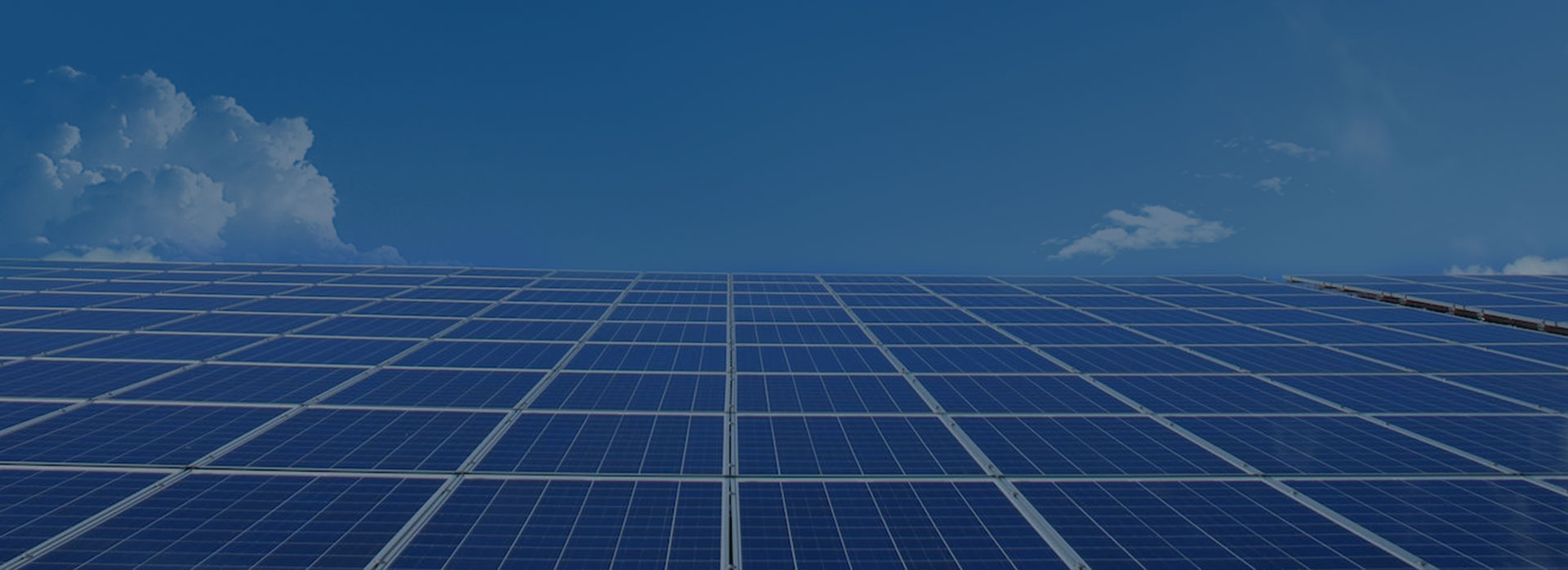The types of lithium batteries used for energy storage batteries in new energy power stations at home and abroad are different. In China, LFP (Lithium iron phosphate) is mainly used for energy storage batteries, and its share is up to 53%, more than ternary materials. In foreign countries, especially South Korea and the United States, ternary lithium is mainly used for energy storage batteries. The energy storage batteries used in new energy power stations started early abroad, and the early energy storage batteries used were mainly NCM (ternary lithium iron) batteries produced by Korean companies, with a high market share. However, power stations based on NCM batteries have had many safety accidents in South Korea in recent years. At the same time, with the large investment of domestic enterprises in the Technology roadmap of LFP batteries in 2021, the cost of LFP batteries will be significantly reduced, and the recognition of the safety and economy of LFP batteries at home and abroad will be increasingly high. It can be predicted that with the continuous investment of enterprises, the performance and cost advantages of LFP batteries will further expand, becoming the mainstream Technology roadmap of energy storage batteries for new energy power stations.

LFP batteries are more competitive in price compared to ternary lithium batteries, and have longer safety and cycle time:
Raw material cost: The positive electrode material of LFP batteries uses relatively inexpensive iron ore, while NCM batteries use more expensive materials such as cobalt, nickel, and lithium. Therefore, from the perspective of raw material cost, LFP batteries are relatively cheaper.
Stability and safety: LFP batteries have relatively low requirements for battery design and system safety due to their high chemical stability and good resistance to overcharging, discharging, and high temperatures, reducing costs. In contrast, NCM batteries require stricter control and protection measures to ensure their stability and safety, which may increase costs.
Market demand and scale effect: Due to the increase in market demand and the expansion of production scale, the cost of NCM batteries is gradually decreasing. However, LFP batteries still have a competitive advantage in price due to their maturity and relatively low manufacturing costs.
Longer cycle life: LFP batteries are known for their longer cycle life, with a typical cycle life of 2000 to 5000 complete charge and discharge cycles, up to 15 years. It depends on factors such as battery design, manufacturing quality, and usage conditions.
| Material comparison between LFP and NCM |
| Cathode Material | LFP | NCM |
| Individual Energy Density | 160wh/kg | 210-300wh/kg |
| Cycle time | >4000 | >1000 |
| Safety | Good | Ordinary |
| High Temperature Performance | Resistance of 400°C | NCM11 Decomposition at 300°C |
| Low Temperature performance | Not less than -20 °C | Still Usable at -30 °C |
| Raw Material Resources | Plentiful | Relative Deprivation |
| Average Cell Price | 0.78-0.90 | 0.94-.1.10 |
NCM batteries have advantages in energy density and low temperature resistance:High energy density: NCM batteries have a higher energy density compared to LFP batteries, which means they can store more electrical energy per unit volume or weight, making them more advantageous in applications such as electric vehicles that require longer range.
Low temperature performance: The lower temperature limit of LiFePO4 batteries is -20 ℃, and the electrical performance is poor in low temperature environments. The capacity retention rate of LiFePO4 is approximately 60-70% at 0 ℃, 40-50% at -10 ℃, and 20-30% at -20 ℃. The low-temperature limit of NCM is -30 ℃, and its low-temperature discharge performance is good. Under the same low temperature conditions as LFP, the winter range attenuation is less than 15%, significantly higher than LFP. It can be seen that the low-temperature performance of LFP is worse than that of ternary lithium batteries.

In summary, LFP batteries have higher high-temperature resistance, more competitive prices, and longer cycle life. Compared with LFP batteries, NCM has a higher density and low-temperature performance, and the lifespan of ternary lithium batteries may be further reduced under high temperature and high discharge rate conditions. It should be noted that these advantages are relative, and the selection of specific applications should comprehensively consider many factors, such as cost, safety, energy density, cycle life, temperature conditions, and application requirements. Therefore, when choosing a suitable battery technology, it is necessary to evaluate and weigh based on specific needs.








